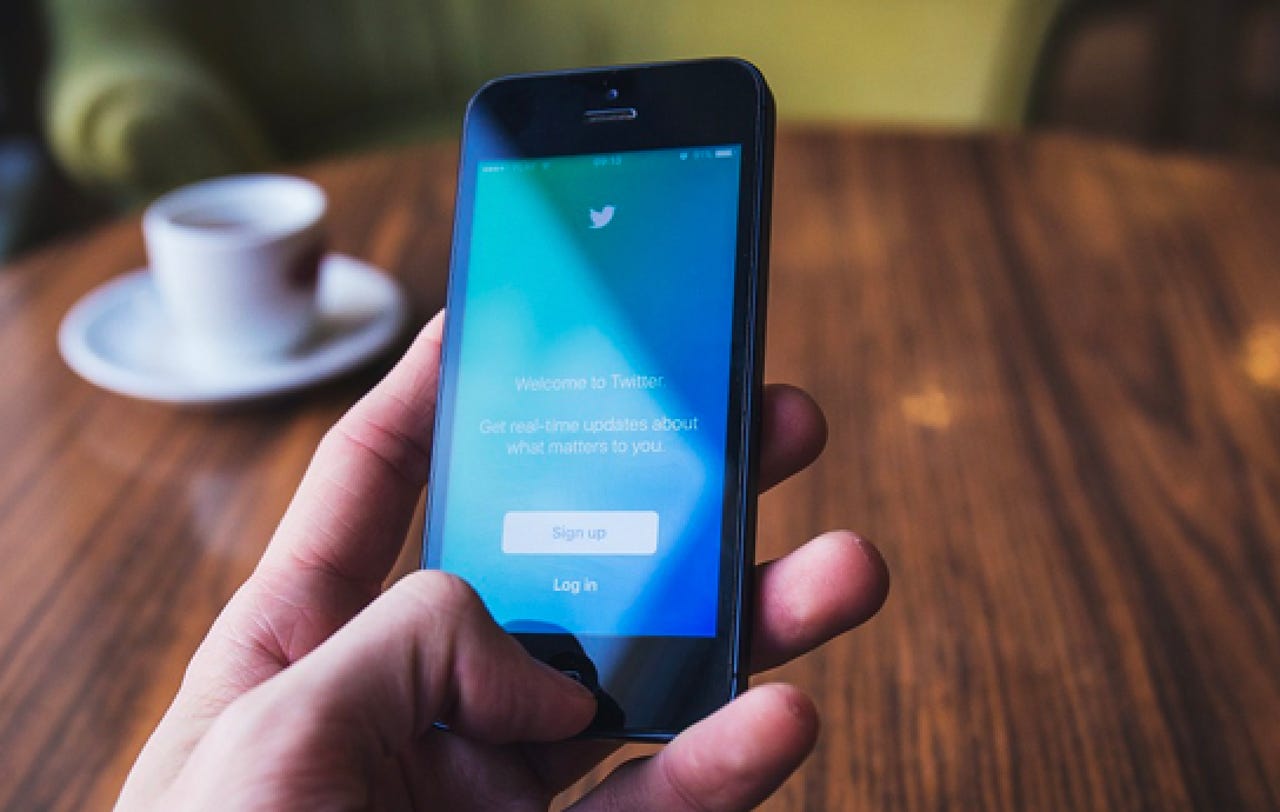Simple steps to erase your digital footprint

Google yourself
The Google search engine can be used to uncover exactly what information about you is public and what the average person can find out.
Once you know what is out there in the internet space, you can start tackling the problem. Run a quick search and make notes.
Have I Been Pwned
You cannot take control of your digital footprint without knowing where and what information is available and what data may have potentially leaked.
The HaveIBeenPwned service is run by cybersecurity expert Troy Hunt and is a useful tool in discovering account information belonging to you which may have been compromised or stolen due to a data breach.
Your right to be forgotten
In the EU, citizens are able to request the removal of information from the Google search engine as well as Blogger and other related Google-owned products.
Google will not remove links if the company judges that such actions would not be in the public interest. However, it is still worth a go if search results based on your name are causing you serious consequences -- and you have a valid reason to complain.
Access the Google search engine removal request form here. To submit a request related to other products, such as Blogger, Google Ads, or Image search, you can use the form here.
Google account restriction and deletion
Go to the Google Account page where there are a number of settings which can boost your privacy or take you out of the ecosystem entirely.
Privacy checkup: The Google Privacy checkup allows users to prevent Google from saving your searches and other Google activity to your account as well as turn off location history, YouTube data collection, and personalized ads.
Security checkup: The Google Security checkup can be used to show you that devices and third-party applications have access to your account. You can remove permissions as necessary.
Delete me: Google's deletion service can be used to delete select products or wipe your account permanently.
Quick fixes
DeleteMe removes data including names current and past addresses, date of birth, and aliases on your behalf from platforms including people search databases.
Unroll.me can be used to list everything you are subscribed to, making the job of unsubscribing from newsletters, company updates, and more far easier.
Deseat.me is an automated service for requesting account removal and subscription deletion.
Account Killer gives users a rating system which describes the complexity of account deletion processes provided by online services.
Deleting your Facebook account
-- In the Settings tab, you can download all of the information that Facebook holds on you.
-- In the Privacy tab, you can restrict your posts to 'friends only,' limit your past posts, and decide to disallow lookups through your provided email address or phone number. An important element which shouldn't be overlooked here is the option to also remove your Facebook profile from search engine results outside of the social networking platform.
-- Under the Location tab, consider turning off location data collection by Facebook across your devices.
-- Deactivation: You need to go to Settings, General, and Manage your account to deactivate your account. This gives you the option to return at a later time and does not delete your data.
-- You can also permanently delete your account by clicking Settings, going to Your Facebook Information, and clicking Delete Your Account and Information, followed by Delete My Account.

Twitter closure and deactivation
Twitter also allows users to request their 'archive,' which is all the information collected from you. This option can be found under the Settings and privacy tab.
In the settings area, you can also choose to lock down your account entirely and make tweets private and only viewable by those with your approval, you can turn off tweets containing location data, you can decide whether or not to allow email and phone number searches to connect others to your profile, and you can choose whether or not to allow others to tag you in photos.
In order to deactivate Twitter, you need to click on Settings and privacy from the drop-down menu under your profile icon. From the Account tab, you can then click deactivate.
Instagram lock down
Facebook-owned Instagram has a number of privacy settings you can change to maintain an acceptable level of privacy.
By default, anyone can view your photos and videos on your Instagram account. However, by going to your profile, clicking Settings, Account Privacy, and switching Private account on, you can make sure your content is only viewed by those you approve.
To delete your account, log in and go to the request deletion page. Once you have submitted an answer as to why you are deleting your account, you will be prompted to re-enter your password, and then a delete account option will appear.
Remove old accounts and posts
Unless an online account is one you use frequently, consider deleting it permanently. It is a pain to find, remember credentials, and recover passwords associated with old accounts, but this is an important step in locking down your data.
If you have come across embarrassing forum posts or messages and you do not have the privileges required to delete, the only other option is to contact webmasters directly.
Make sure you include a link to the content you are concerned about, give your reasons, and hope they agree to delete it.
Hide old content, accounts
If you cannot delete online accounts outright and only deactivate them, before you do, wipe as much content from them as possible. If the account is no longer relevant to you, consider changing the name and personal details connected to it, as well as remove or change any photos to generic images.
When it comes to active accounts such as on Facebook or Twitter, aliases can help keep your digital and physical presence separate. It is against terms of service to not use your full, correct name, but it is still common practice for many to change their surname to prevent work and personal accounts from colliding.
Final measures
Starting from scratch may seem extreme, but in some cases, could be worth considering. The outright deletion of email accounts, social media, and e-commerce services won't immediately destroy all data or search results connected to them, but it will, over time, make them less likely to appear.
Before you take this step, make sure you have backed up any data that you want to keep such as photos you have uploaded to social media.